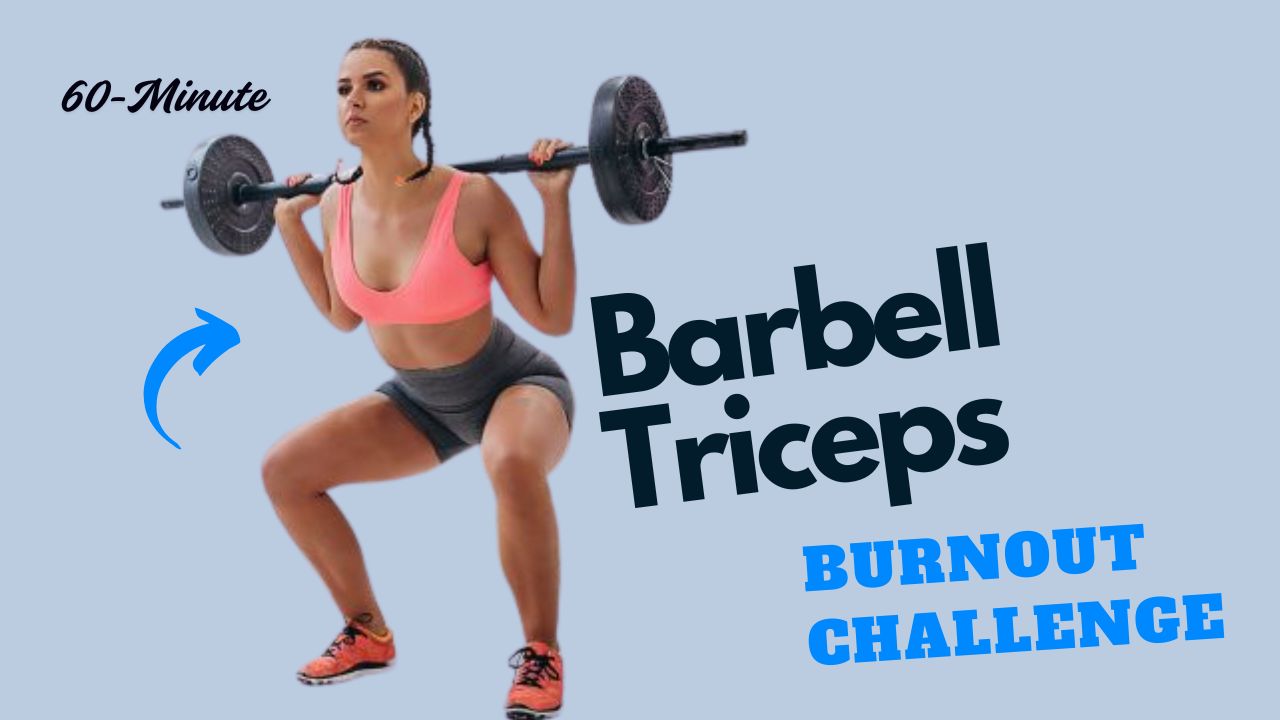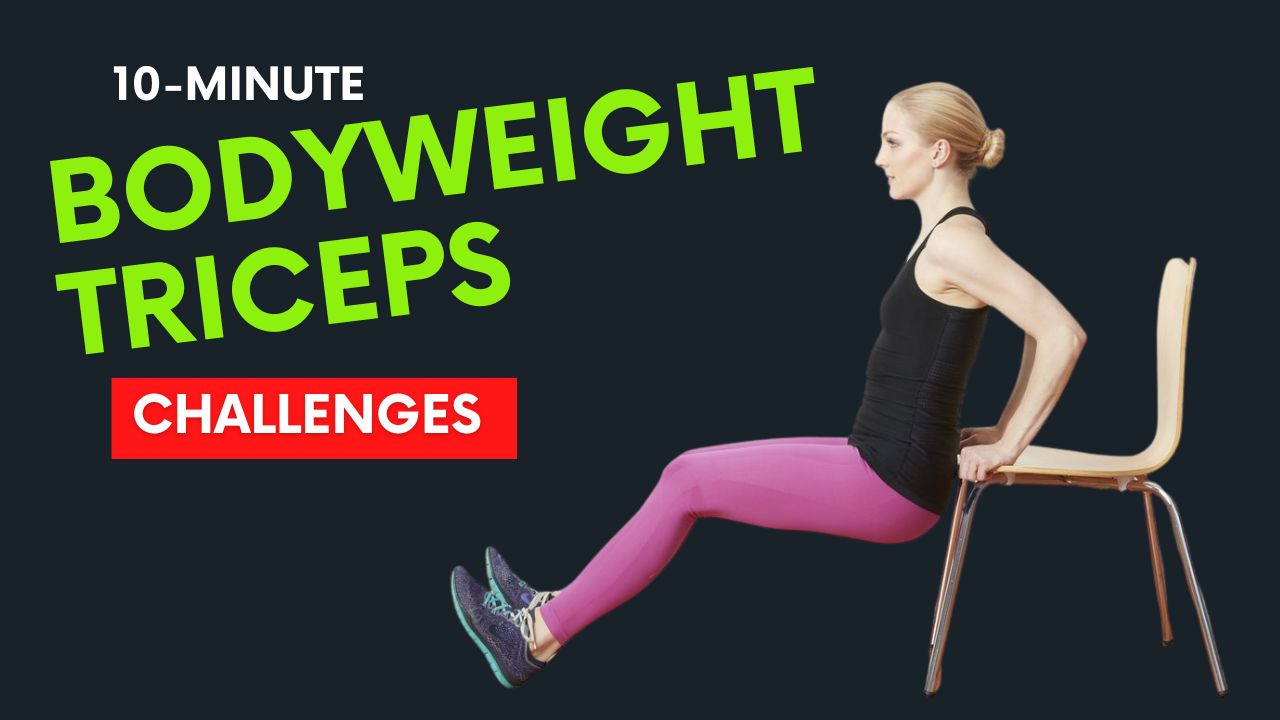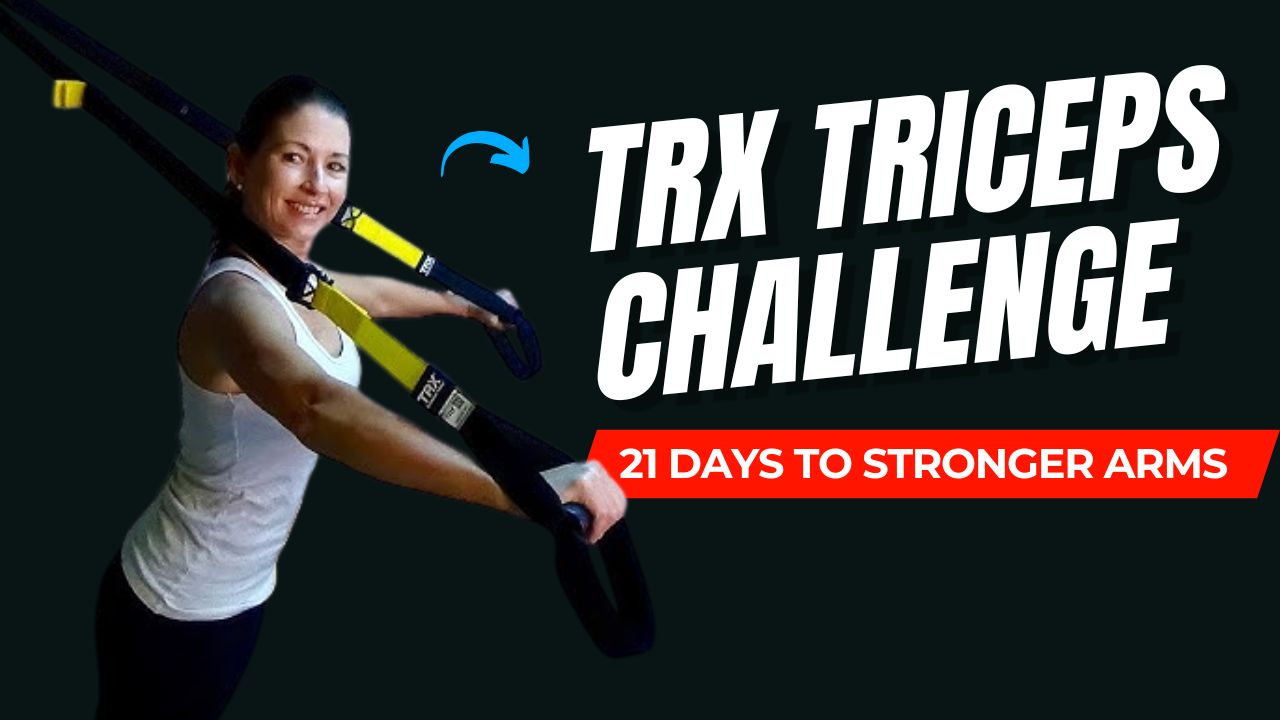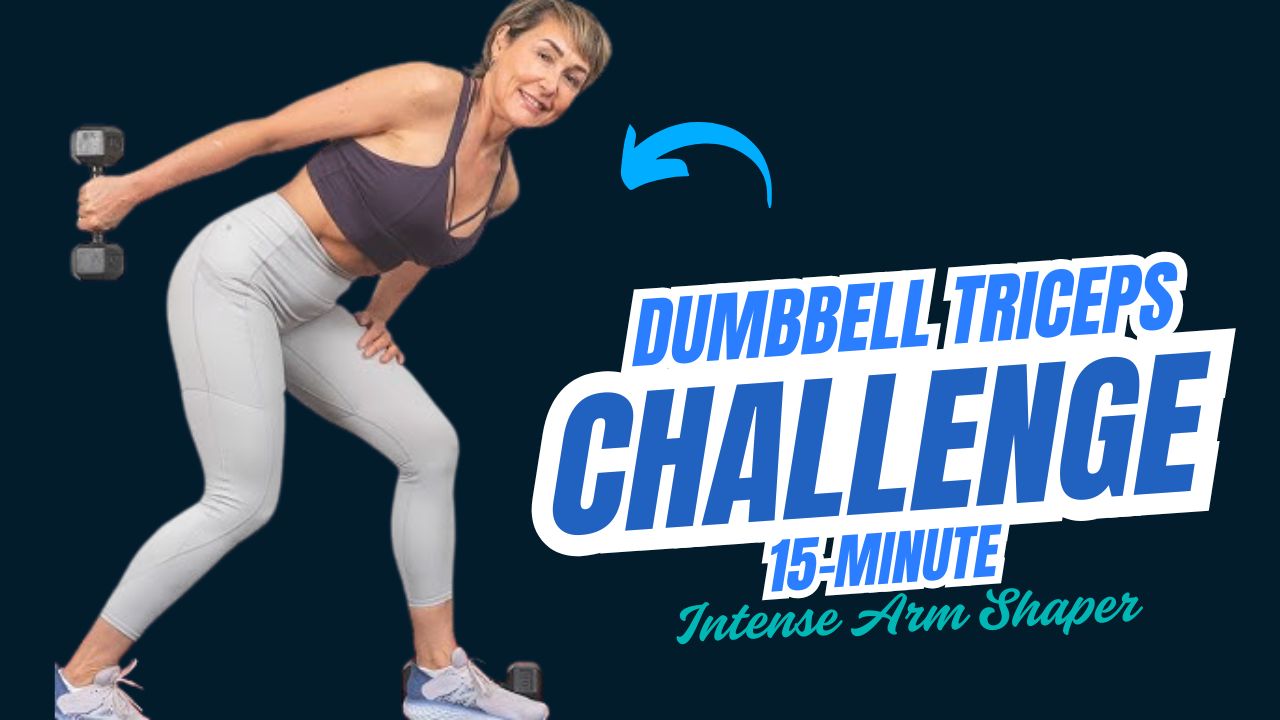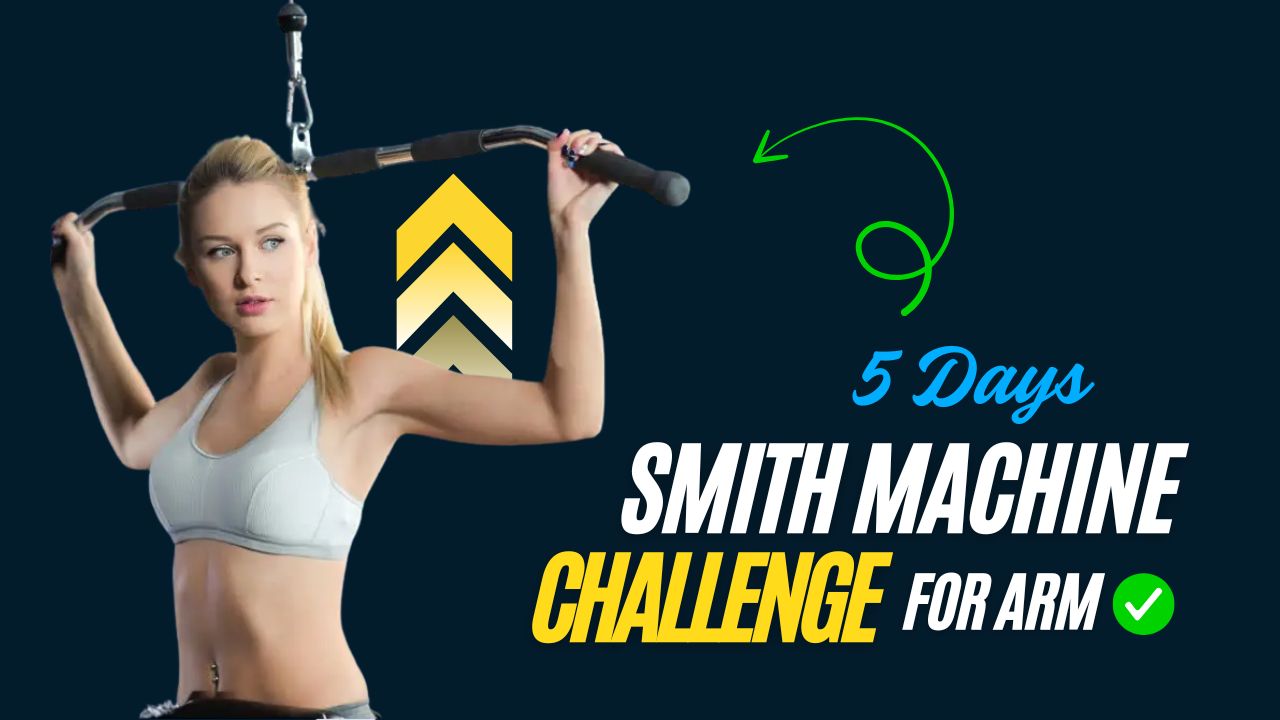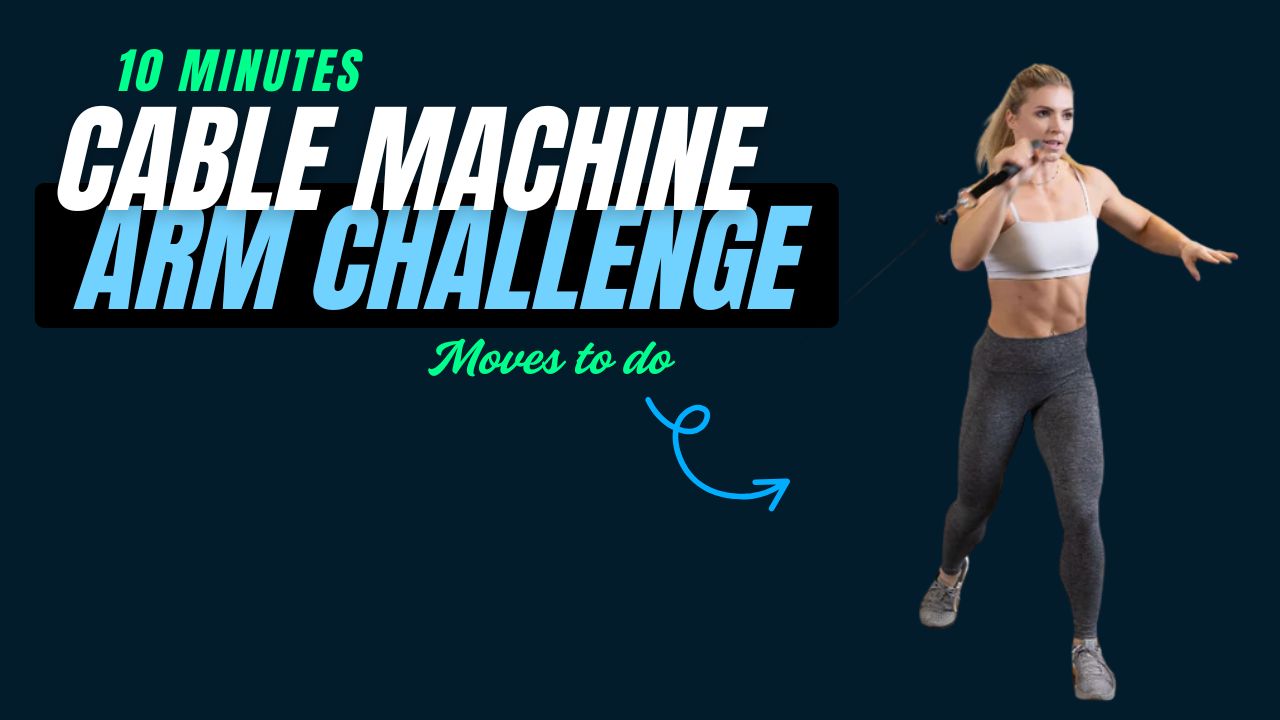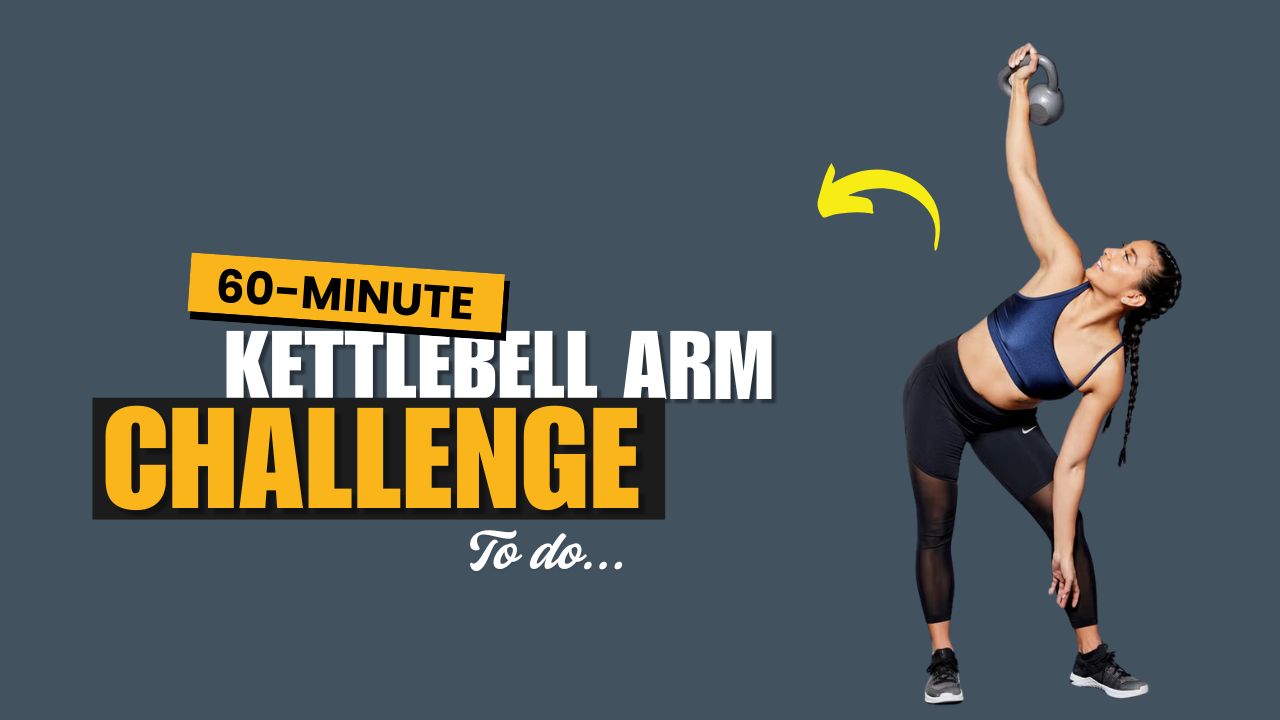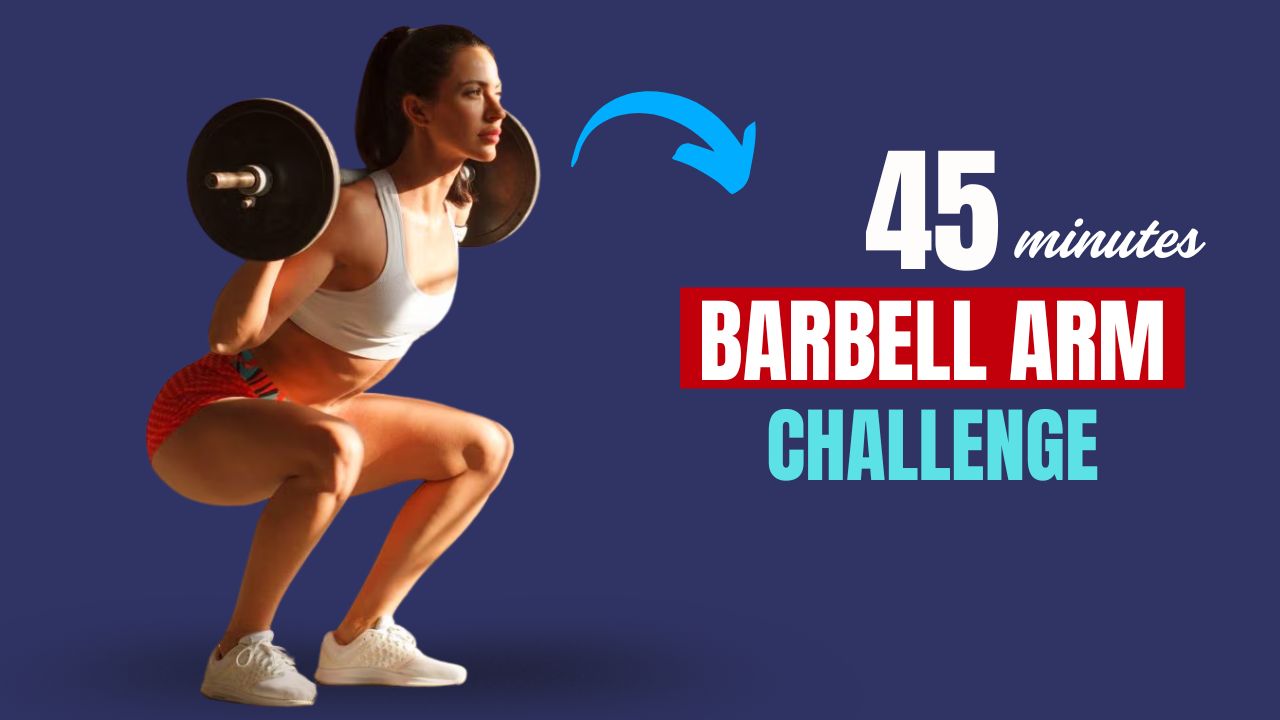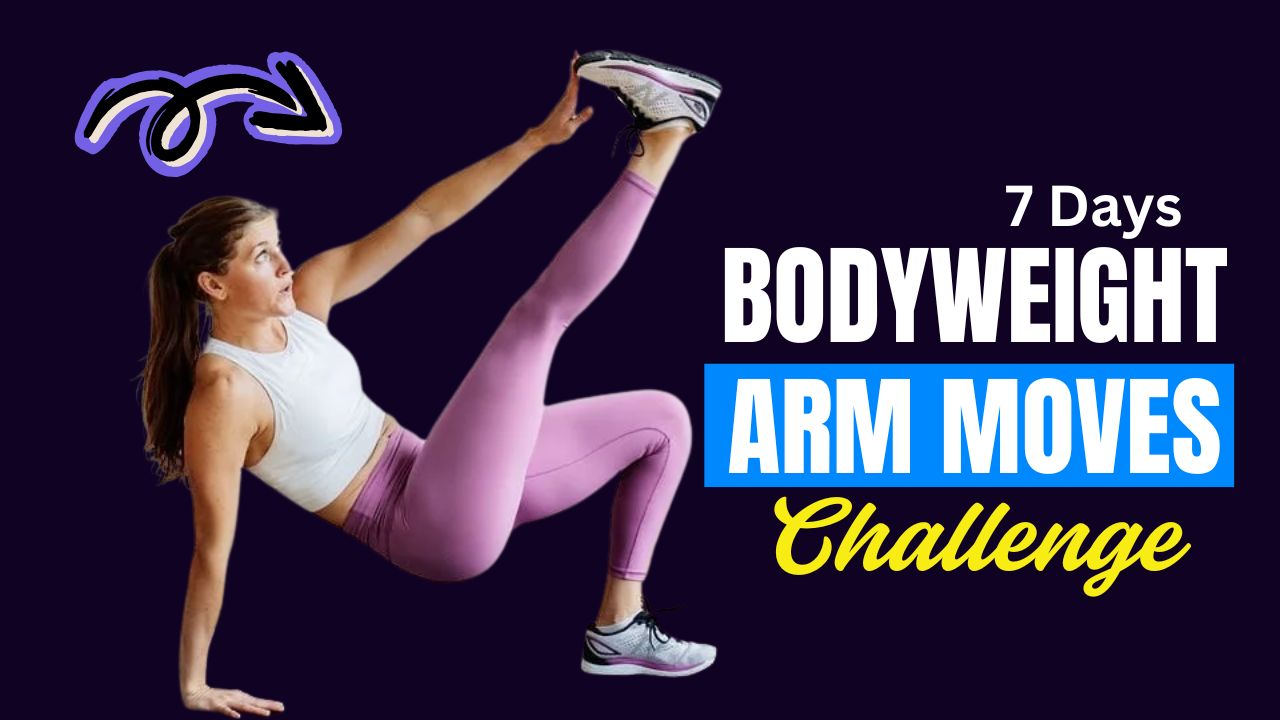Ever tried training your shoulders on an unstable surface? Here’s why you should…
Shoulder workouts are great. But BOSU ball shoulder workouts? That’s next-level strength, balance, and mobility training rolled into one wobbly half-sphere.
The BOSU ball, short for “Both Sides Utilized”, challenges more than just your deltoids—it targets your stabilizing muscles, core, and coordination. So, while you’re working on shoulder strength, you’re also sharpening balance and bulletproofing your joints.
Did You Know?
Studies show that instability training (like with a BOSU ball) can improve neuromuscular control, leading to better injury prevention, especially in the shoulders and lower back.
In this guide, you’ll find 10 BOSU ball shoulder exercises you can easily add to your routine. Each one is designed to target specific parts of your shoulder complex—front (anterior), side (lateral), rear (posterior)—while also engaging your core, traps, and rotator cuff muscles.
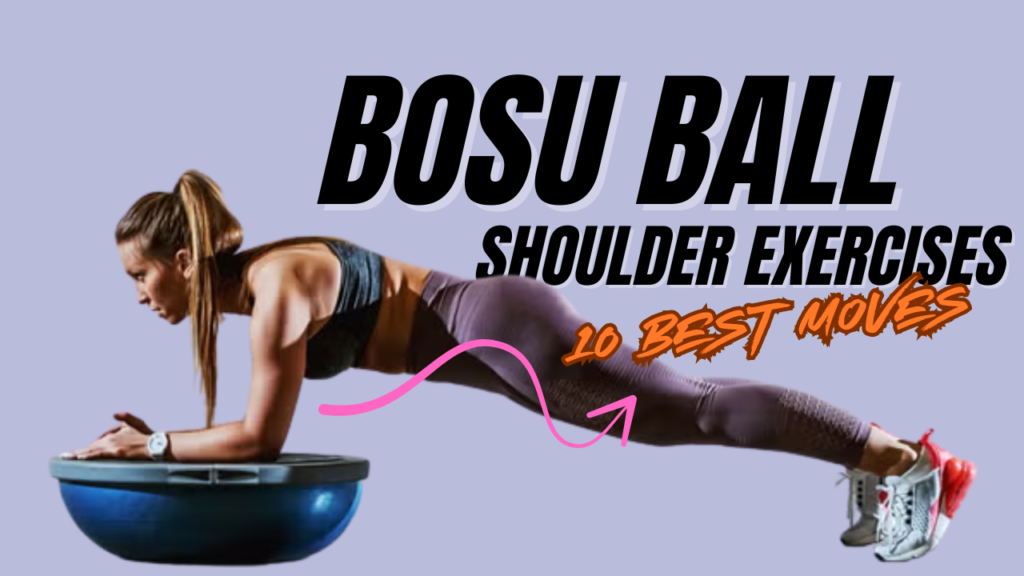
Table of Contents
What Can Happen After 30 Days of BOSU Ball Shoulder Exercises
| Benefit | What You May Notice |
|---|---|
| Improved Shoulder Strength | Lifting heavier weights or performing more reps with control |
| Better Balance & Coordination | Less wobbling during workouts; better control in daily movements |
| Increased Core Stability | Stronger abs and obliques as a result of balancing while training |
| Enhanced Posture | More upright stance; reduced slouching during the day |
| Greater Shoulder Mobility | Improved range of motion and smoother joint movement |
| More Muscle Definition | Noticeable toning in front, side, and rear shoulder muscles |
| Boosted Mind-Muscle Connection | Better awareness of shoulder movement and engagement |
| Reduced Shoulder Discomfort | Less tension or fatigue in shoulders during daily tasks (if done with proper form) |
BOSU Ball Shoulder Training: Do’s & Don’ts
| Do’s | Don’ts |
|---|---|
| Start with bodyweight or light weights to master balance | Don’t rush into heavy lifting without mastering control |
| Maintain a strong, engaged core during every exercise | Don’t let your hips sag or arch your back |
| Perform exercises slowly and with control | Don’t use momentum or swing the weights |
| Use proper footwear with good grip for safety | Don’t train barefoot or on a slippery surface |
| Breathe consistently—exhale on effort, inhale on return | Don’t hold your breath, especially under tension |
| Incorporate rest days between shoulder workouts | Don’t train shoulders every day—overuse leads to injury |
| Modify exercises if you feel unstable | Don’t ignore signs of joint pain or discomfort |
| Focus on full range of motion with controlled movement | Don’t cut reps short to squeeze more sets |
Why BOSU Ball Shoulder Exercises Work So Well
- Improved joint stability: Especially important for injury-prone rotator cuffs.
- Increased muscle engagement: The unstable surface recruits more stabilizer muscles.
- Enhanced posture and balance: A stronger shoulder girdle leads to upright, confident posture.
- Core activation: Every rep becomes a full-body challenge.
10 BOSU Ball Shoulder Exercises (With How-To Steps)
1. BOSU Ball Shoulder Press (Standing)
Targets: Anterior and lateral delts
How to:
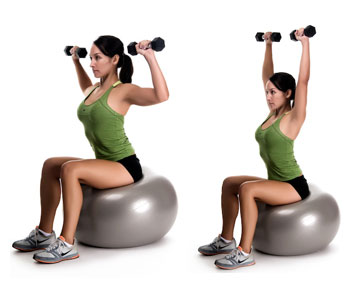
- Stand on the flat side of the BOSU ball, feet hip-width apart.
- Hold a dumbbell in each hand at shoulder height, palms facing forward.
- Press the weights overhead while keeping your core tight and spine neutral.
- Lower slowly and repeat.
Pro Tip: Start with light weights to master the balance.
2. BOSU Ball Pike Push-Up
Targets: Shoulders (mainly front delts), triceps, upper chest
How to:
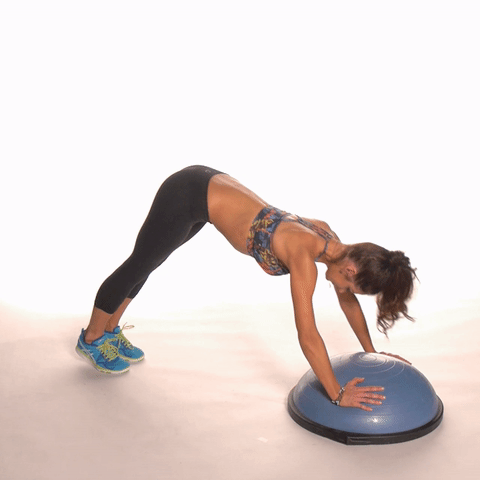
- Place your feet on the dome side of the BOSU ball and hands on the floor in a pike (inverted V) position.
- Lower your head toward the ground by bending your elbows.
- Push back up.
Myth Buster:
Many believe push-ups only build the chest. In reality, variations like pike push-ups hit your shoulders hard.
3. BOSU Ball Dumbbell Front Raise
Targets: Front delts
How to:

- Stand on the BOSU ball’s flat surface.
- Hold dumbbells by your sides with palms facing thighs.
- Raise them to shoulder height, then lower them slowly.
Why it’s effective: The instability increases time under tension and works your core.
4. BOSU Ball Lateral Raise
Targets: Side delts
How to:

- Stand on the BOSU dome side.
- Hold dumbbells at your sides.
- Raise arms out to shoulder level, keeping a slight bend in elbows.
Challenge Tip: Add a 2-second hold at the top of each rep.
5. BOSU Ball Overhead Plate Hold + March
Targets: Shoulders (isometric), core, coordination
How to:
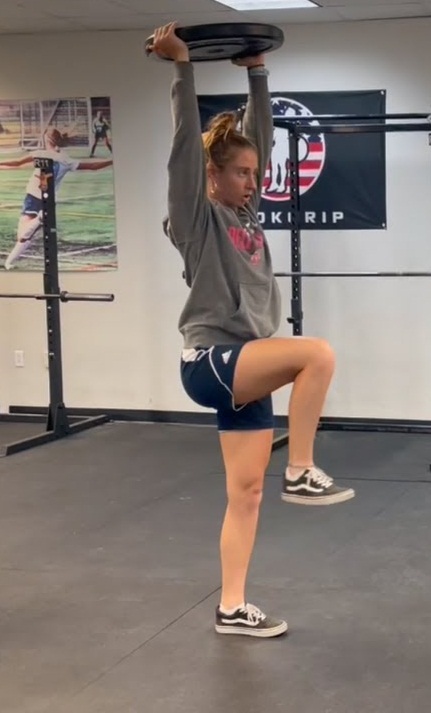
- Stand on the flat side of the BOSU ball.
- Hold a weight plate overhead.
- While keeping arms extended, march in place.
Why this works: Combines static shoulder contraction with dynamic core and leg balance.
6. BOSU Ball Rear Delt Fly (Bent-Over)
Targets: Rear delts, upper back
How to:
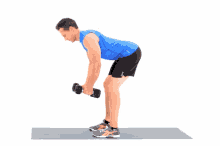
- Stand on the dome side, and bend slightly forward at the hips.
- With dumbbells in hand, lift your arms out sideways like wings.
- Squeeze shoulder blades at the top.
Fact:
Rear delts are often undertrained—this move balances out your shoulder development.
7. BOSU Ball Shoulder Tap Plank
Targets: Core, shoulders, triceps
How to:
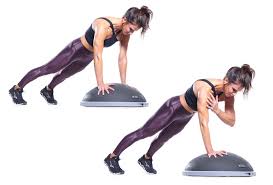
- Get in a high plank with both hands on the BOSU dome.
- Tap your right shoulder with your left hand.
- Alternate sides, keeping your hips as still as possible.
Burn Benefit: Builds endurance in your front delts and boosts shoulder stability.
8. BOSU Ball Arnold Press
Targets: All three deltoid heads
How to:
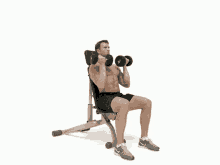
- Sit on the BOSU dome side (legs bent, feet flat).
- Hold dumbbells in front of you (palms facing you).
- Rotate arms as you press up, ending with palms facing forward.
- Reverse the motion.
Why it’s elite: The rotating movement targets the shoulder from all angles.
9. BOSU Ball Kneeling Shoulder Raise
Targets: Front and lateral delts, glutes (indirectly)
How to:
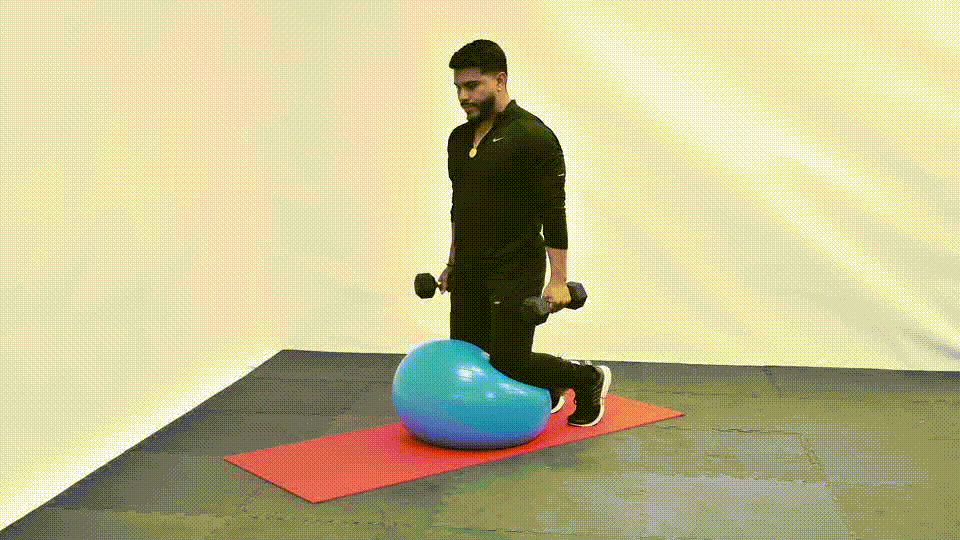
- Kneel on the dome side of the BOSU ball (one or both knees).
- Perform either front or lateral raises with dumbbells.
Bonus: Being on your knees forces more core and glute activation.
10. BOSU Ball Medicine Ball Slam to Press
Targets: Shoulders (explosive power), full-body
How to:
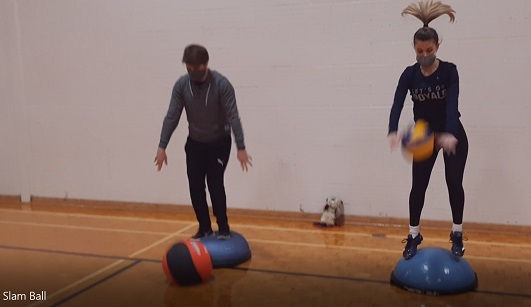
- Stand on the BOSU dome with a light medicine ball.
- Slam it to the ground.
- Quickly pick it up and perform an overhead press.
Did You Know?
This dynamic move mimics functional power—great for athletes and fat burning!
Final Thoughts
Shoulders aren’t just show muscles—they’re critical for every upper body movement. Training them on a BOSU ball supercharges your workouts, amplifying strength, balance, and resilience all at once.
If you want to break through plateaus, avoid boring routines, or simply future-proof your joints, these 10 BOSU ball shoulder exercises are your ticket to stronger, smarter training.
Frequently Asked Questions (FAQs)
Are BOSU ball shoulder exercises safe for beginners?
Yes! BOSU ball workouts are beginner-friendly when started with basic movements and light weights. It’s important to focus on form and balance first. You can even begin by performing shoulder exercises next to a wall or with support until your stability improves.
What shoulder muscles are targeted during these BOSU ball exercises?
These exercises target the three main heads of the deltoid—anterior (front), lateral (side), and posterior (rear)—along with secondary muscles like the trapezius, rotator cuff, and core stabilizers.
How often should I do BOSU shoulder exercises per week?
2 to 3 times a week is ideal for most people. Make sure to give at least 48 hours between shoulder-focused workouts for optimal recovery and growth.
Do I need any other equipment besides a BOSU ball?
Most of these exercises also use dumbbells, resistance bands, or a medicine ball. However, bodyweight-only versions are also effective if you’re just starting or want a low-impact session.
Can these exercises help with shoulder pain or instability?
Yes, but with caution. BOSU training improves shoulder stability and neuromuscular control, which can support injury prevention. However, if you have existing pain or injury, consult a physiotherapist before starting.
What’s the main benefit of using a BOSU ball over regular ground-based exercises?
The BOSU ball introduces instability, which forces your body to engage more muscles—especially the core and stabilizers—leading to better functional strength, balance, and joint control.
Are BOSU ball shoulder workouts good for fat loss?
While not primarily cardio, these exercises can help burn more calories due to increased muscle engagement and energy output, especially when performed in circuits or supersets.
How do I progress with BOSU ball exercises?
Start by mastering form on the stable floor, then move to the BOSU ball dome, then the flat side, and finally add weights or dynamic movements like marches or slams to increase difficulty.
